April 17, 2025 | 05:36 GMT +7
April 17, 2025 | 05:36 GMT +7
Hotline: 0913.378.918
April 17, 2025 | 05:36 GMT +7
Hotline: 0913.378.918
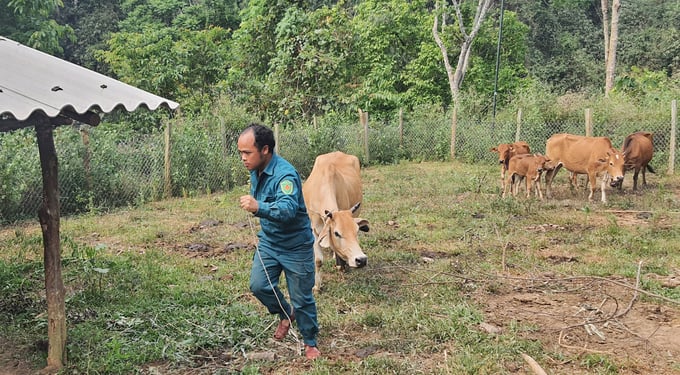
Villagers gathering their cows to vaccinate them against diseases. Photo: Tam Phung.
We started our trip early in the morning from the center of Bo Trach district, Quang Binh province to reach Vietnam - Laos border. The 20 Quyet Thang road starts in Phong Nha town and travels west to reach the Ca Roong - Noong Ma international border gate.
Although the road is paved, it zigzags through the old forests of Phong Nha - Ke Bang National Park. The car went through steep slopes with a thick forest on one side and a cliffside on the other. We arrived at Tan Trach mountainous commune, Bo Trach district around noon.
According to Mr. Nguyen Van Dai, Secretary of the Party Committee of Tan Trach commune, Tan Trach houses two villages, with Village 39 being the headquarter of the commune People's Committee. Its local population comprises mainly of the A Rem ethnic group. The other village is Doong, located in the core area of Phong Nha - Ke Bang, where the Van Kieu ethnic community lives. It takes nearly half a day to travel between the headquarters of Tan Trach commune and Doong village.
Mr. Dai said that people in the border areas have focused on livestock production with the construction of common roads. So far, Village 39 has nearly 100 buffaloes and cows. Diseases on livestock were rampant on livestock in the past so local people were concerned about losing their most valuable asset. However, the number of buffaloes and cows that died from disease has significantly dropped when the local government and animal health organizations started deploying vaccination programs.
The villagers herded nearly 100 buffaloes and cows into a large stadium in Tan Trach commune and wait for animal health staffs to vaccinate their livestock against foot-and-mouth disease.
Mr. Nguyen Quang Huy, Deputy Director of Bo Trach District Department of Agriculture and Rural Development explained: "This is a highland area, so it often has colder weather compared to the plains. As a result, there are frequent outbreaks of foot-and-mouth disease. In order to combat this disease, vaccination rates must be increased, and farmers must be advised on how to maintain a clean barn and regulate the temperature during different seasons".
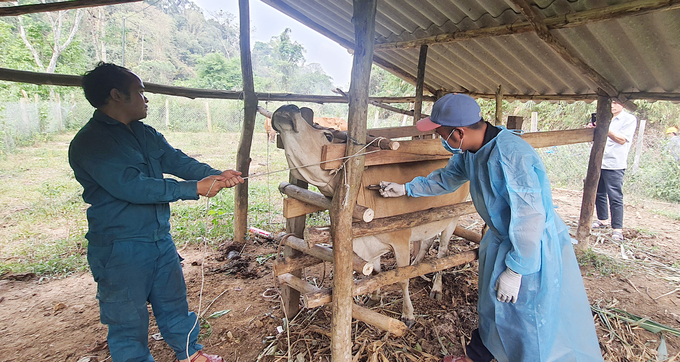
Kennels are installed in local barns to facilitate the vaccination for buffaloes and cows. Photo: Cong Dien.
It was very difficult to develop livestock production in the two mountainous communes of Bo Trach due to the dangerous roads in the past. Local farmers mainly free-ranged their buffaloes and cows outside of production hours. After the roads were constructed, traders from the plains visited the area to purchase buffaloes and cows. Subsequently, ethnic people in the two border communes raised more cattle to meet the demand, and the herd of buffaloes and cows increased rapidly in number.
But it was also due to the practice of free-ranging that epidemics became dangerous in border areas where local livestock are easily infected due to lack of vaccination. As a result, Bo Trach District Department of Agriculture and Rural Development developed a program to transport vaccines to border areas.
According to Mr. Nguyen Cam Long, Head of Bo Trach District Department of Agriculture and Rural Development, farmers were hesitant during the first year of the vaccination program. This concern stemmed from the fact that free-range buffaloes and cows were difficult to gather, and farmers were afraid that the vaccines would stunt the growth of their cattle. In response, the local government has mobilized officials to encourage farmers to rear cattle in cages, and promote the advantages of livestock vaccination.
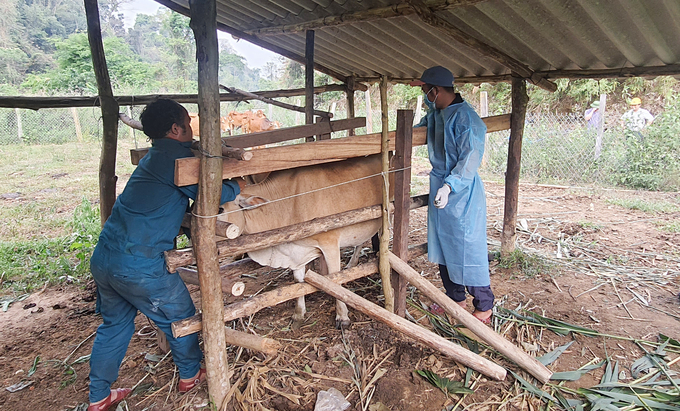
Mr. Dinh Luc, a trained animal health officer, is very proficient in vaccinating cattle in Thuong Trach commune. Photo: Tam Phung.
After the cold storage containers for vaccines were transported to the stadium in Tan Trach commune, a vaccination team stayed behind to assist farmers, while the rest of our crew continued towards Thuong Trach commune. Grassroots animal health officers were present to receive veterinary drugs and equipment at the headquarters of Thuong Trach Commune People's Committee.
According to Mr. Dinh Ku, Chairman of Thuong Trach Commune People's Committee, the local people have focused on the development of cattle herds because it also promotes local strengths. The commune currently has over 1,500 heads in its herd of cattle. The commune expects the growth rate to increase after the epidemic is controlled.
The village's reinforced barn for buffaloes and cows are built next to a wide concrete road. Each barn is fenced with barbed wire that spans several tens of square meters. The roofs of the barns are firmly reinforced with corrugated iron and their wooden frames are buried deep.
Mr. Dinh Vo, a well-known cow farmer in the village, raises a herd of more than a dozen cows. Local officials have encouraged him and several other households to move their barns from the village to this land for breeding in captivity.
"If you want to raise a large herd of cows, vaccination is a must. My cows died en masse from diseases more than three years ago, but vaccines are now available to aid with that. My family just sold two cows for nearly 30 million VND last month," Mr. Vo said with excitement.
Mr. Dinh Luc is a animal health officer in Thuong Trach commune. Thanks to the training provided by Bo Trach Department of Agriculture and Rural Development, Mr. Luc is proficient in vaccinating cattle. He is able to identify early signs of diseases in buffaloes and cows. He installed a kennel in Mr. Vo's barn to restrain the cows while he vaccinates them.
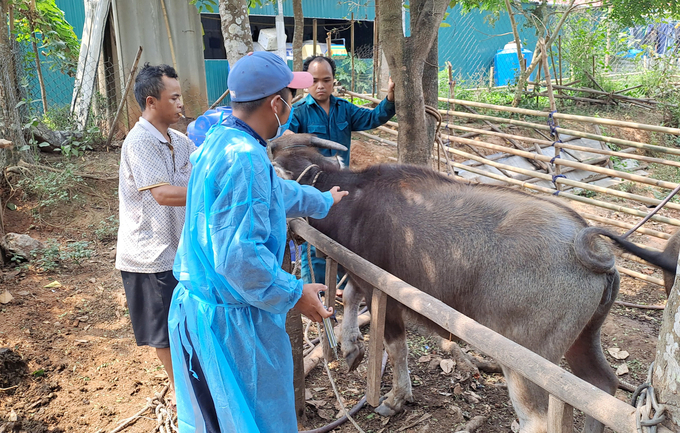
Grassroot animal health officers vaccinating the buffalo herd in Ca Roong village 2. Photo: Cong Dien.
"We store our vaccines in a refrigerator. The commune can only provide the local animal health officers with a daily allowance of 50,000 VND for gasoline and 50,000 VND for lunch because our budget is limited," said Mr. Dinh Ku.
According to Mr. Dinh Ku, the disease has been repelled thanks to proper livestock vaccination. The number of cows in the herd increased rapidly. Many families in Ca Roong 1, Ca Roong 2, Con Roang, Ban But villages have large herds of cows, so their income is relatively stable. If they are struggling, they can sell some cattle to earn a few million dong immediately.
Mr. Dinh Xay's family in Ban But, Thuong Trach commune, Bo Trach raises a herd of twenty cows. Mr. Xay accredited his cows strong resistance to the local vaccination program and the animal health officers. Upon hearing the commune's announcement about vaccination, the villagers voluntarily brought their cows to a cage for vaccination.
Translated by Nguyen Hai Long
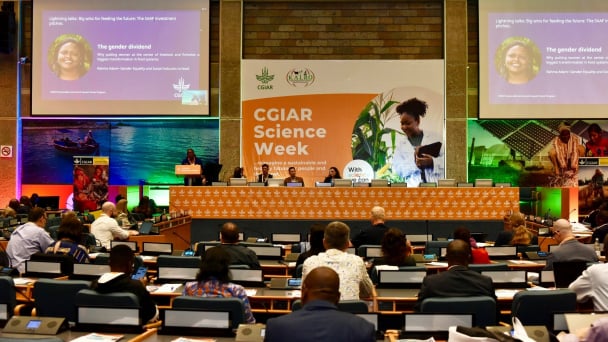
(VAN) The CGIAR’s Sustainable Animal and Aquatic Foods (SAAF) program represents a new approach that emphasizes the transformation of food systems toward sustainability.
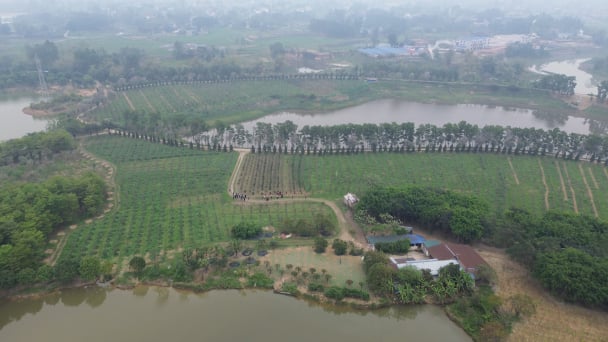
(VAN) Scientists assume that industrial agriculture has been 'outdated.' As a result, a comprehensive overhaul or a revolution in the direction of embracing ecological agriculture is needed.
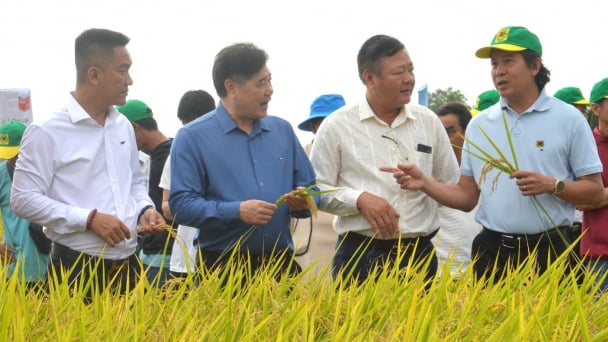
(VAN) The results from pilot fields are catalyzing the expansion of the One million hectares of high-quality, low-emission rice project in Kien Giang.
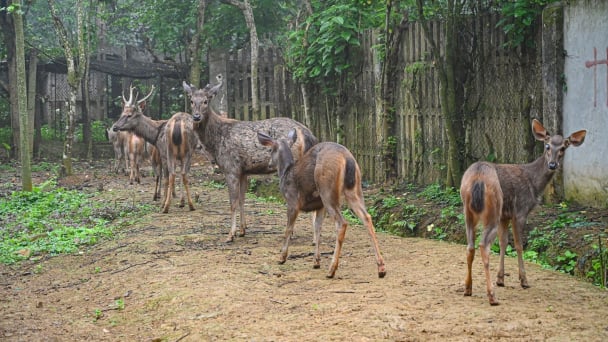
(VAN) On the morning of April 11, Cuc Phuong National Park received 18 individuals of endangered and rare wild animals from Da Nang city.
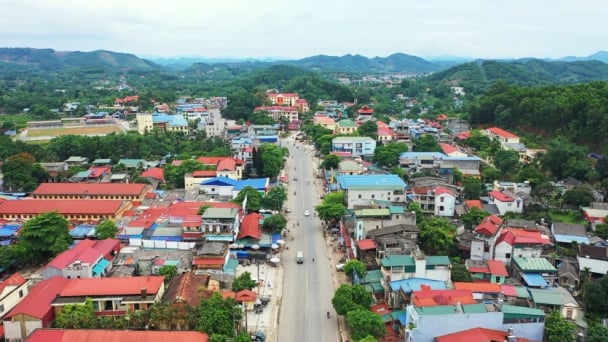
(VAN) FAO supports Vietnam in enhancing survey sampling techniques for the 2025 nationwide agricultural and rural census.

(VAN) By participating in the green transition, manufacturers become an indispensable part of the circular economy, contributing to resource optimization and environmental protection.
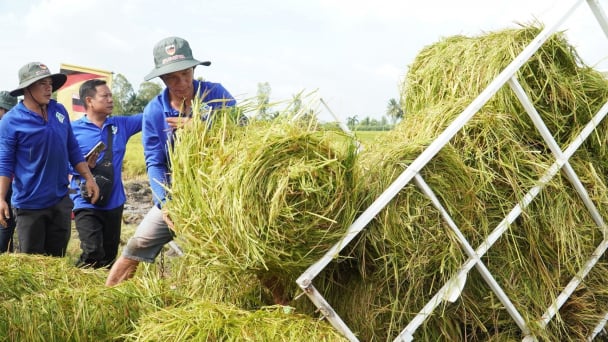
(VAN) The One Million Hectares of High-Quality and Low-Emission Rice Program can generate nearly 14 million tons of straw annually, posing an urgent requirement to diversify straw-based products.